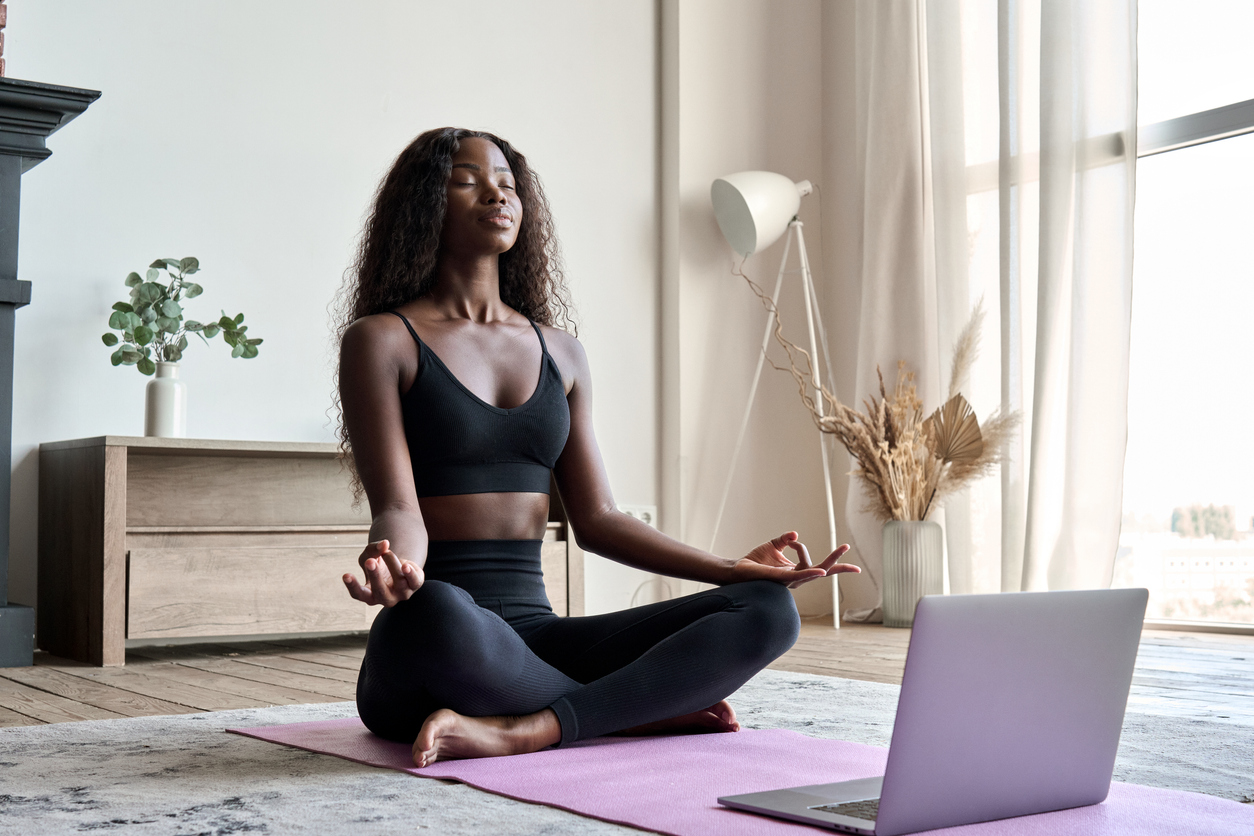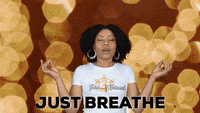No products in the cart.

#ZenAf: A Beginner’s Guide to Meditation
The practice of becoming one with yourself through meditation is becoming a phenomenon – and with good reason. A daily meditation routine can change your life. This practice is for anyone who seeks mental clarity, feels overwhelmed or stressed, and seeking answers to questions. If you want a better connection between your mind, soul, and body, or you just want to improve your life, meditation is for you too. Essentially, it’s for everyone and all can have positive takeaways from it.

Purpose of Meditation
So what can you expect from a meditation practice? Those with a consistent meditation practice say a few benefits include pain relief, spiritual development, insomnia relief, mental acuity, energy increase, relaxation, less stress and tension.
However, it is important to debunk some ideas about meditation and its purpose. The purpose is not to “let your mind go blank”. Everyone’s brain is wired differently and ultimately your reasons for meditating, the ways you meditate, and the results you may see will vary from others.
A Beginner’s Guide to Meditation
Now that you understand the purpose of meditation, let’s get into some simple steps on how to meditate easily and effectively. The main goal of this beginner-focused meditation is to get you to focus primarily on your breathing as it enters and leaves your body. For your yoga lovers out there, this is a familiar concept.
Step 1: Lie or Sit Down
First, find a comfortable space. You can use a yoga mat, meditation cushion, or simply sit on the floor to start. (Here are some black-owned businesses that have BOMB yoga mats and cushions). Other options include sitting in a chair or lying down with your back fully reclined on the floor.

Girl, you make the rules! You have full autonomy of your mind, so do what is best for you and your body in these moments. The most important thing is that you are comfortable.
Step 2: Position Your Body
Whether you choose to sit up or lie down, it’s important to keep your spine in a straight position. Uncross both your legs and arms and gently close your eyes. Relax, and allow your body to feel free.
Step 3: Breathe
Here is the key we discussed earlier. Understanding the importance of breathing and focusing on it, even as a beginner, will do wonders for your overall practice of meditation.
Begin by breathing in and out for a set of 10 counts. How should you go about this? Once you close your eyes and uncross your limbs, you will start by breathing out of your nose, while paying very close attention to the rise of your chest and stomach as they fill with air. As you inhale, you will also feel the coolness of the air on your nose.
Once your stomach and lungs are filled with air, hold your breath for 1 to 2 seconds, then exhale deeply through your nose, noticing the warmth of the air on your nose as you exhale. Be mindful of the coolness of the air vs. the warmth of the air during this process to create familiarity.

The Inhale-Exhale Breathing exercise looks like this in 10-second counts (lasting for about 60 seconds in total): inhale for 1, hold, then exhaling 2…inhale 3, hold, exhale 4 and so forth until you get to 10. Continue practicing for anywhere between a minute to 5 minutes with breaks.
Step 4: Evaluate
After completing your meditation, you may find that you are lightheaded. That’s normal and okay. However, once you start at this small level, you will be able to practice mindfulness and meditative practices more and more. Challenge yourself to take 10 minutes out of your day as soon as you wake up to practice meditation. It will help calm you before you enter the hustle and bustle of your day. The important thing is to make sure you’re consistent and if you are…. the effects will be astronomical over time.

A few apps that are free and really helpful for beginners include Simple Habit, Headspace, and Calm. Try this exercise, check out the apps, and let us know your thoughts below. Let’s get to meditating and centering ourselves to live our best life!







